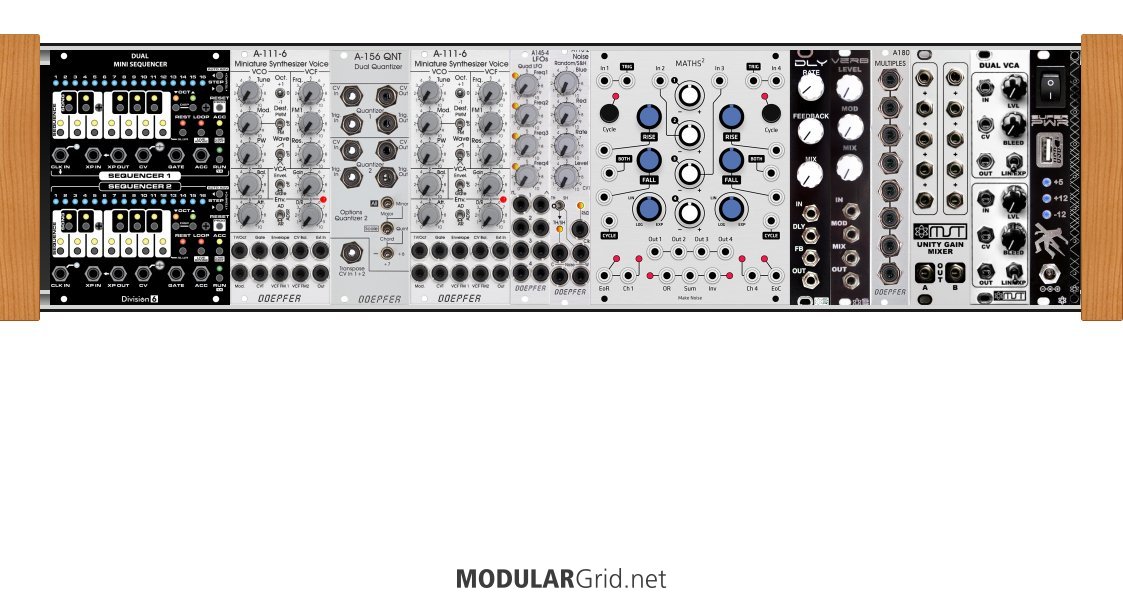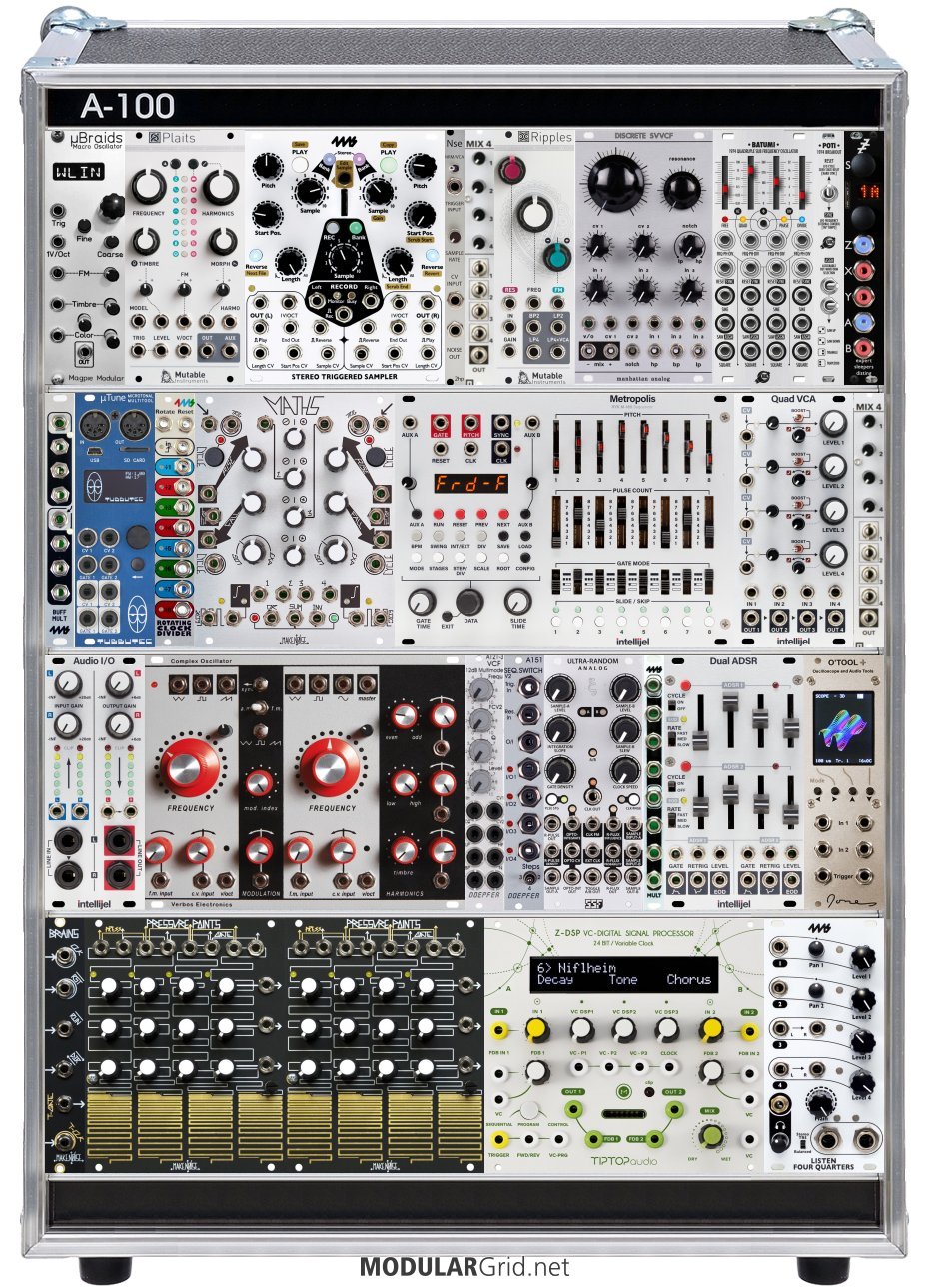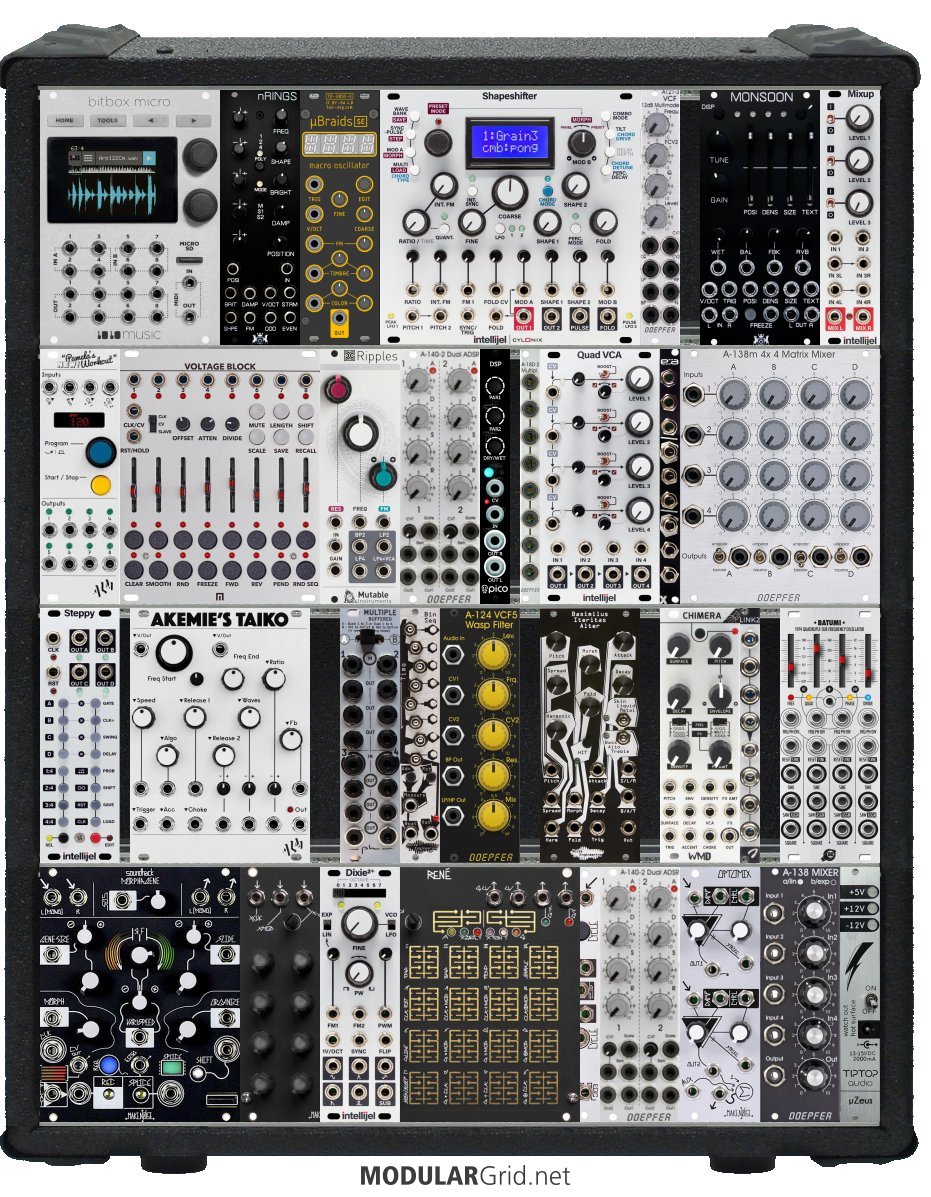Hello Lugia, All,
Currently I have five rows rack and use roughly a few brands per row (Doepfer and Erica Synths have each their own row; the rest of the brands are smaller (in my setup) and share with other brands a row. Then per row I start on the left hand side (roughly indication, going here from left to right) with input modules (MIDI) and clock stuff, then multiples, then oscillators & LFOs, then EGs, filters, effects and mixers, somewhere around here a few multiples again (I know perhaps a few too many but I like to have enough multiples around the modules) and ending with VCAs and output modules on the right (my external mixer is on the right hand side).
So far I felt it was "kind of okay" however now I am trying to use it polyphonic and slowly but surely I am struggling too with what is logical? What makes more sense? How to manage certain connections with shorter patch cables?
Your idea, Lugia, is quite interesting, I am going to give that some serious thoughts. How is your mentioned setup holding up when you are getting more voices (say four or more voices) parallel involved, does it still work out good? Not getting crazy of the many cables blocking almost everywhere? ;-) I am luckily taking that with some good portion of humour, i.e. it doesn't bother me too much, using one hand to "move away the many cables", so the other hand has space to reach the knobs... not very suitable for a live setup to say at the least. Though it came to my mind being an octopus and having 8 "hands" would be kind of easy...
Next question, nasty one... My rack is close to full and no further space, the only possibility is getting another rack on the other side of my desk, still within almost hand reach if I turn my body but completely away from my current rack, due to space constraints, I have no other option (or not to extend at all, which I don't consider as an actual option :-) ). I am planning to use the Doepfer A-180-9 to interconnect these "two rack sides" with each other.
So what would then be a logical setup? I have no clue yet other than keeping up my current configuration of continuing the newer rack for other brands per row principle, however the idea of Lugia would be interesting and would make sense too; using that for each "rack side".
Any suggestions and any one else who uses a different setup that might help to simplify the complexity of "module positioning" are welcome.
Thank you very much in advance and kind regards, Garfield.





